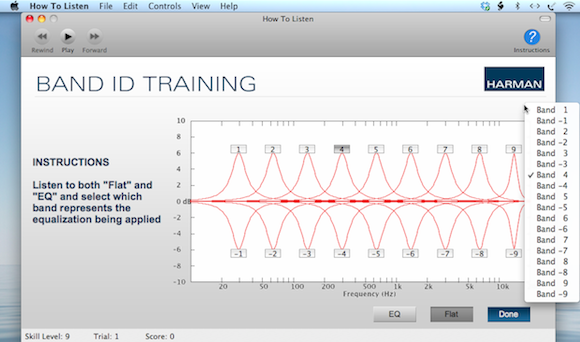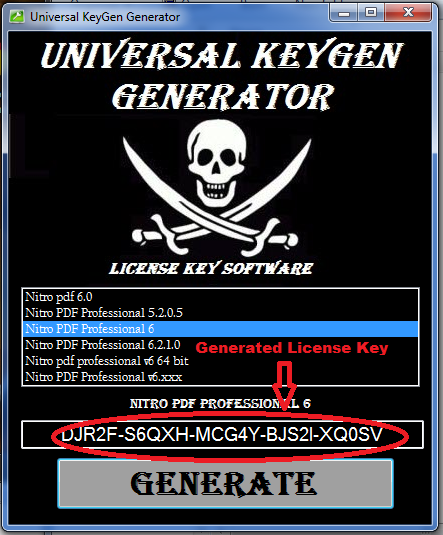Hear 1 1 6 Keygens
I recently set up DNSSEC on grepular.com. This turned out to be a little more complicated than I was expecting. Most of the articles I read about DNSSEC either assumed knowledge that I didn’t have, or missed out things which I later found out to be important. This is my experience of setting up DNSSEC, in the hope that it makes things a little easier for somebody else.


Register and log in Isohunt and see no captcha anymore! Hear 1.1.1 serial numbers. Dbacentral For Mysql 1.6.1 serial keygen. Amazon.com: EarMaster Pro 6: Varies. 1.5 key commands,Hear 1.1.5 keyboard,Hear 1.1.5 keygen pc,Hear 1.1.5 key mac,Hear 1.1.5 keyboard stickers. Full ISO and Keygen Download Torrent Files. Native Instruments Kontakt 5 6 1 + Keygen Links: (torrent file) _.
Why bother setting up DNSSEC in the first place? Setting up DNSSEC on grepular.com has allowed me to sign my DNS records. So any system that has an authenticating DNS resolver, can automatically verify if the grepular.com records it looks up are valid, or have been tampered with by a MITM. Electric Motor Secrets Rapidshare Free. Hear are some use cases: 1.) SSL Certificate Pinning I have published a fingerprint of the SSL certificate used on this website in the DNS, following the latest draft revision of the protocol. So not only is my SSL certificate signed by a CA, it is also signed by my own DNSSEC key.
So in other words, if a CA is compromised, and they generate an SSL certificate for grepular.com, browsers with DANE capability will know that the certificate isn’t to be trusted: mike @alfa:~ $ dig +short TYPE65468 _443. Ronal The Barbarian English Audio Download. _tcp.grepular.com # 35 010101CA046E204044FDD508DCB096FED9881A052061ABCD29D915C8 8712A818F283E7 No browsers support this capability natively yet, as the specification is still going through the standards process. However, there is a. There is a similar piece of technology in called, but it’s not backwards compatible with CA signed certificates unfortunately. 2.) SSH I also publish the fingerprint of my SSH servers public key in the DNS (). Usually, when people SSH into a server for the first time, they are prompted with a fingerprint and asked to confirm that it is valid. More often than not, people just accept whatever they’re given, even though this leaves the possibility that the connection is being MITM’d. Because I have a DNSSEC protected SSHFP record, OpenSSH is able to lookup whether or not the key is valid, automatically.
To turn this option on, you have to add “VerifyHostKeyDNS yes” to /etc/ssh/ssh_config, or supply that option on the command line when using ssh (ssh -o “VerifyHostKeyDNS yes” grepular.com). Mike @alfa:~ $ dig +short sshfp grepular.com 2 1 D08EEF8F2D30ED4B0D507C99D35BB1 1 1 4BDBAB48F0CE98D51FCA81AC7C93BF ssh-keygen can tell you what values to stick in your zone file: mike@alfa:~$ ssh-keygen -r grepular.com grepular.com IN SSHFP 1 1 4bdbab48f0ce98d51fca81ac7c93bf grepular.com IN SSHFP 2 1 d08eef8f2d30ed4b0d507c99d35bb1 3.) PGP I use PKA to publish fingerprints of my public PGP keys, and their location, in the DNS. The value in protecting these records with DNSSEC should be obvious. GnuPG supports these records with the “pka-lookups” option: mike@alfa:~$ dig +short txt mike.cardwell._pka.grepular.com 'v=pka1;fpr=35BCAF1D3AA21F843DC3B0CF70A5FF;uri=If you wanted to automatically fetch my key, and encrypt something using it, you’d run: gpg --auto-key-locate pka -ear mike.cardwell@ example. Com GnuPG will happily download public keys from the DNS, even if the DNS records aren’t signed.
If you’re using a resolver which supports DNSSEC though, you benefit from the fact that URL to the key, and more importantly, the fingerprint, can’t be tampered with. 4.) Email I also use DKIM and SPF for “signing” my email, and can be confident that systems which use DNSSEC are getting the correct information. Mike @alfa:~ $ dig +short txt dkim1._domainkey.grepular.com 'k=rsa; p=MIGfMA0GCSqGSIb3DQEBAQUAA4GNADCBiQKBgQDwe0CGlJQq6Y0poniuhn80rsC1kKrcVg19STXqgM8wxe4HidRjr8KfSfCo0wcgqVq8saqsB0JCt2WOquRlUG5qRtrZag6G/wpYkRYCjYm8VsaJDxNZFpiauXeyz9HGKkHTo2QxLVIYFzkSo7ZtRQNnUB1N12/v5BscLk6X1DlmawIDAQAB' mike @alfa:~ $ dig +short txt grepular.com 'v=spf1 include:spf.grepular.com -all' If I haven’t convinced you that using, or at least learning about DNSSEC is useful, you may as well leave now. The rest of this article is about how it works, and how to use it.
How DNSSEC works Imagine your normal non-dnssec capable DNS resolver looks up the NS record for grepular. Mirotic Video Free Download more. com: mike@alfa:~$ dig +short NS grepular.com puck.nether.net. Now, what happens when your dnssec capable DNS resolver does the same? Mike@alfa:~$ dig +short +dnssec NS grepular.com puck.nether.net. NS 5 2 1001 22506 grepular.com. HeHr+ 9TxG5pIk2nnTTxX8jLiC3vh/W4s5VqRCZ9KAXN+JkBDtqNSRjRf 727BzKjyvhikDNyWENOuAf9BZP0u5Nmwnp1eeyF0sb+PKstH7tbGvF2t NXXn0Yzng3ykcGvqL+ 5e06sdiRIgksJwSiTksFZCr3wNbBNgw1ZajQW4 yYg= Not only did you get the “NS” records in the response, but you also received a Resource Record Signature ( RRSIG) record.